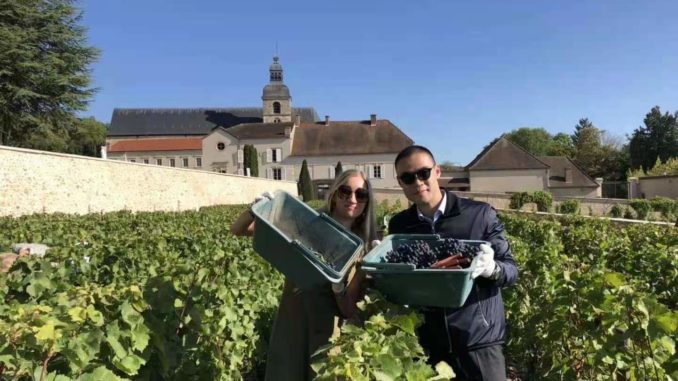
An especially explosive bottle. Need-to-knows for consumers and natural wine. An “aha!” moment in the wine trade. And plans for 2022, from opening a new bar to making a second vintage of Bazinga sparkling Riesling in Ningxia.
All this In part 2 of my Q&8 with Muti Mo, owner of natural wine bar MuST in Guangzhou and wine label Domaine Le Moodie.
Also check out part 1, where Mo discusses why he picked Ningxia for making his first wine (he says it has excellent equipment versus many other places), the region’s terroirs (he points to one place in particular) and the challenges faced (he made six wines but only considered one to be worth bottling).
(You can also find more wine Q&8s here.)
5 Remember when 90 percent of the wine exploded from the bottle you opened at that Wine to Asia event in Beijing last year? What happened? Why was that wine so volatile?
Yes, I do remember and it actually scarred me for at least a good month or two. Every time I opened a pet nat or a capped wine, I was afraid.
That was actually the third bottle I opened of my own wine. The first two bottles were Bazinga [Riesling], but the bottle that exploded was a Pinot Noir I made but later sold off because I wasn’t satisfied with it.
That bottle was so volatile because it was 100 percent unfermented raw juice. I bottled it five days before traveling to Beijing to White Tiger Village and the raw juice started fermentation in the bottle. I did not know that was going to happen and that quickly. The wine was under very high pressure and some of the glass [on the neck] actually broke off and I cut myself.
My bottle and capsule were from Italy, the same capsules Champagnes use for their second fermentation, so at least I learned it could withstand at least 10 to 15 bars of pressure. But I don’t think I will be bottling any more raw juice soon.
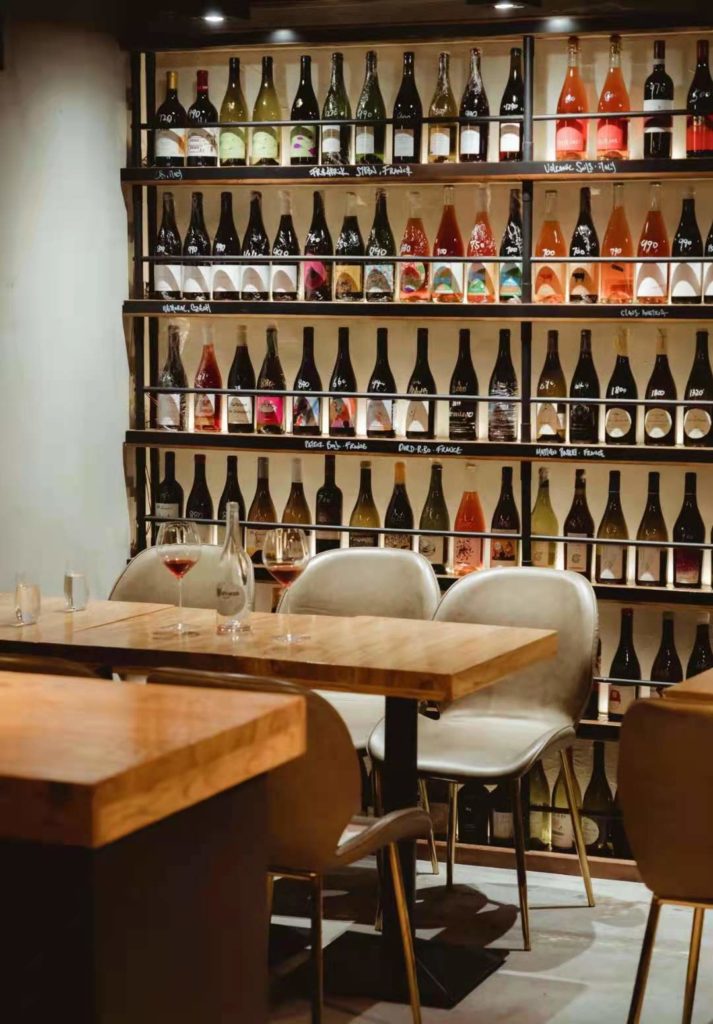
6 Let’s say a customer is new to natural wine: what are three things they need to know?
First, it’s going to be more acidic than traditional wine.
Second, we always talk about balance in traditional wine, about how the tannins, alcohol level and acidity have to be balanced to be a good or great wine. But natural wine is about extremes and there are no limits too far. If you really understand natural wines, you understand we are talking about extreme purity, extreme acidity, extreme orange wines that are super flavorful and super tannic in terms of how rough, fine or textured they can get.
The third thing is you need to have an open mind. If you are still stuck in the WSET level 2, level 3 and diploma stuff, it’s very hard to appreciate natural wines, because you always want to compare a 200 or 300 [RMB] entry-level natural wine with a Hermitage or DRC of Lafite.
It’s a different ball game. What we’re doing with natural wine is seeing how fun it is, how extreme, how different it can be, so you need an open mind.
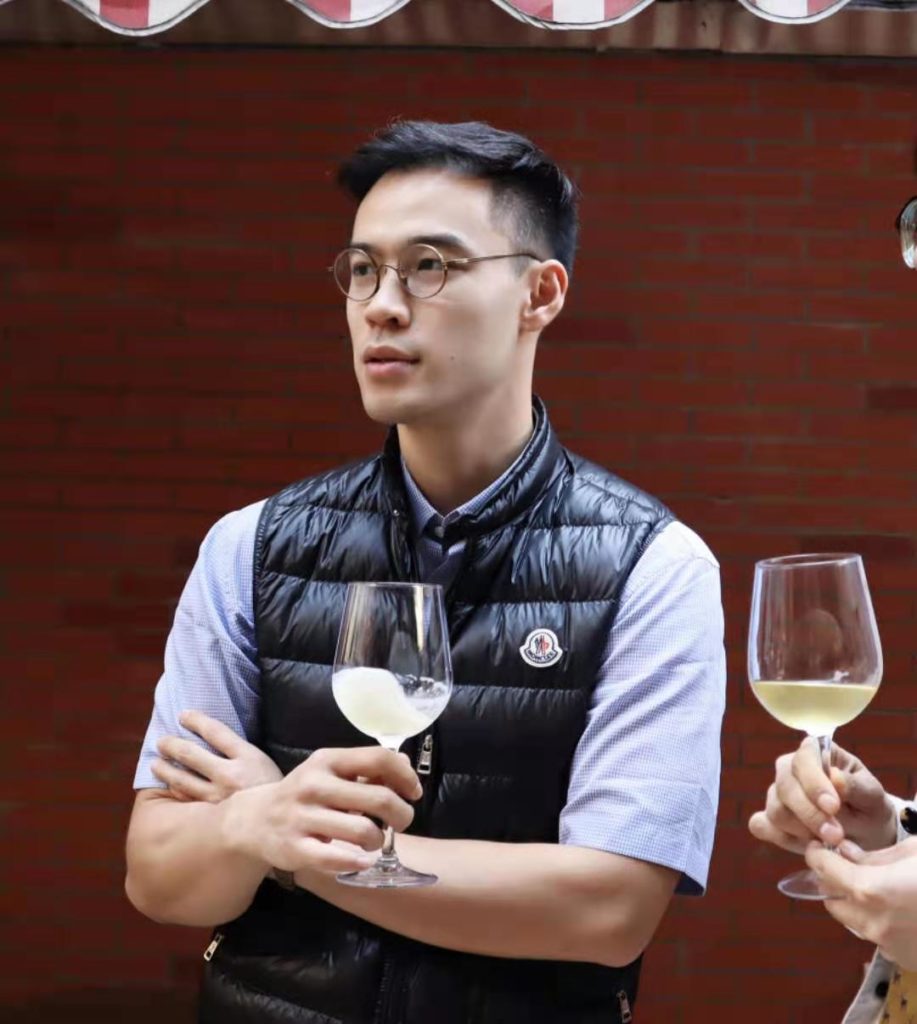
What was the “aha!” wine for you? The bottled that made you think, hey, I want to get into this business.
It was back in 2016, when I had Eric Pfifferling’s Tavel (rosé) in France. The first time I had it, I did not know it was a natural wine, because it wasn’t labeled that way, even though I was in a natural wine shop. It was such a stable and balanced wine, with a little bit of funk.
The aha moment came when I was in London and after a day of Burgundy tasting went to the east side where my shop would open a year later. We had the same bottle of Eric Pfifferling Tavel and opened a second bottle, Lirac [from southern France], a red wine made like a rosé whereas Tavel was a rosé made like a red.
I was, wow, how can wines be like that, so opposite of what their labels suggest. Supposedly a rosé Tavel is more like a red than a rosé. That’s when I really fell for Eric Pfifferling. Back then we were drinking it for, what, 15 pounds? We were just pounding bottles. Now those are selling at 200 for 300 pounds, at 2000 to 3000 RMB.
What really got me into natural wines is just how different is the winemaking process. We’re talking less about terroir, although it’s still important, less about the history and mythology and grand stories behind the soils. We’re talking more about winemakers. Learning about the life of someone like Pfifferling — it’s actually like drinking someone’s autobiography in every bottle.
That’s what I love about natural wines. They make me feel like I’m connected.
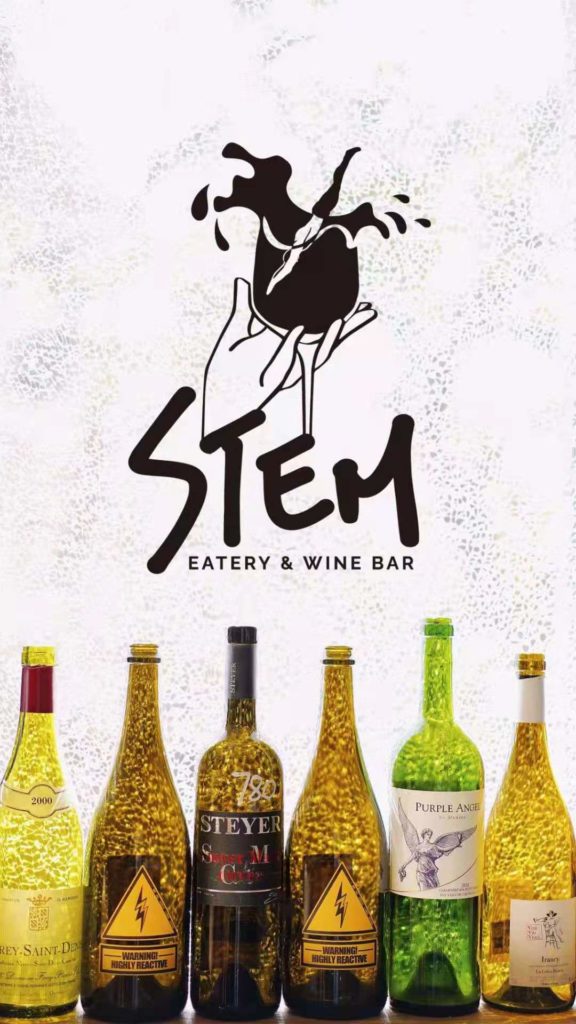
What adventures are ahead in 2022? Are you going to make more wine in China?
So, 2022 is looking very good. STEM, my new wine bar plus eatery — I will finally have my own kitchen to play around with food pairings — is opening up in Guangzhou in April [it has now opened]. I might open another joint in China this year, maybe in Yunnan, but I won’t disclose anything more just yet.
There will also be a second edition of Bazinga [sparkling Riesling] and I’ll also do a natural sparkling red. I’m not going for rosé, I want a red sparkling that is strong and tannic. I’m also gonna to make some still whites and reds. If everything goes well, hopefully I’ll have four to six cuvées in my line.
Just today, I made a down payment for some raw materials — I’m going to use some new equipment, some amphora, some plastic [tanks]. Now I better know how things are like in Ningxia for harvest and fermentation, and I’m more familiar with the region and people, so this year I’m going to play around and do a lot more fun stuff.
(Check out more Q&8s here.)
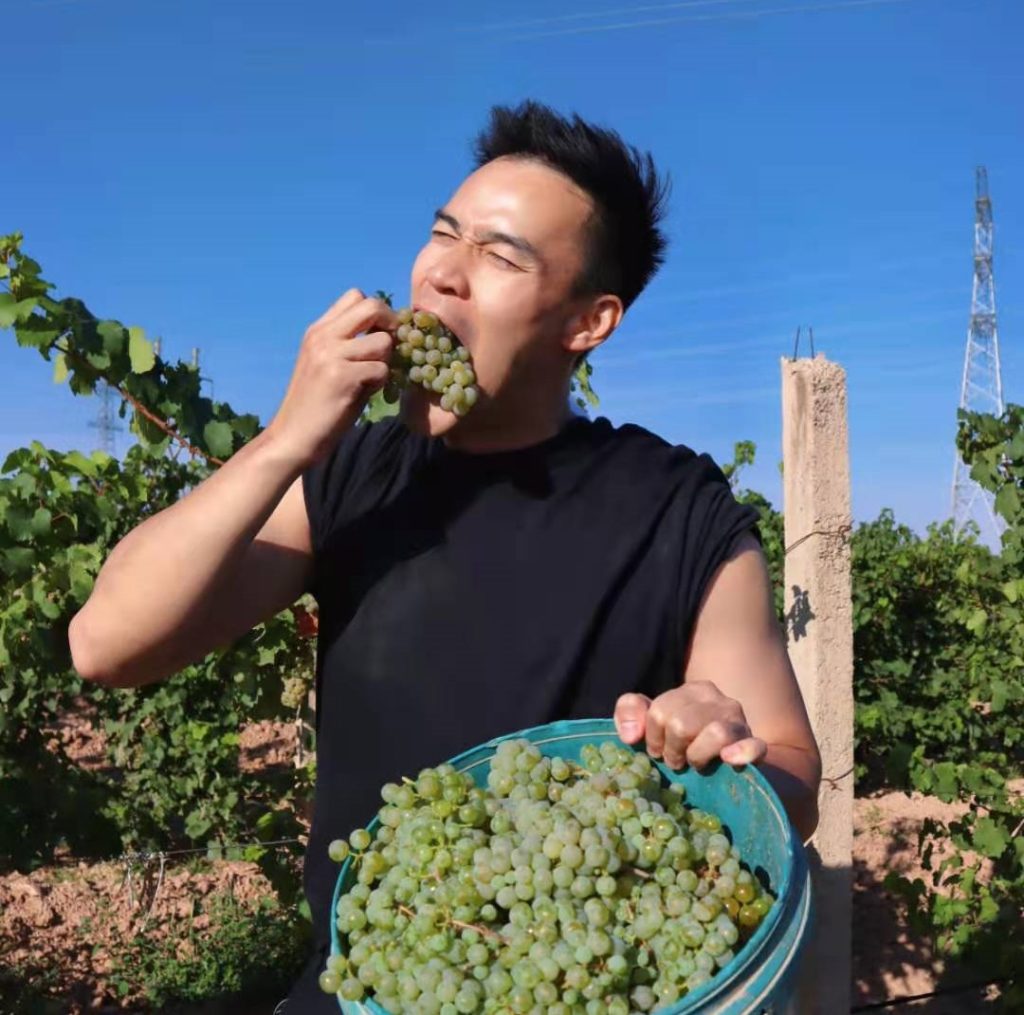
.
Sign up for the Grape Wall newsletter here. Follow Grape Wall on LinkedIn, Instagram, Facebook and Twitter. And see my sibling sites World Marselan Day, World Baijiu Day and Beijing Boyce. Grape Wall has no advertisers, so if you find the content useful, please help cover the costs via PayPal, WeChat or Alipay. Contact Grape Wall via grapewallofchina (at) gmail.com.
Leave a Reply
You must be logged in to post a comment.